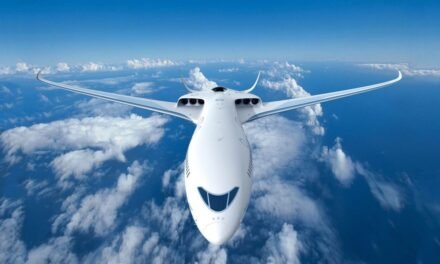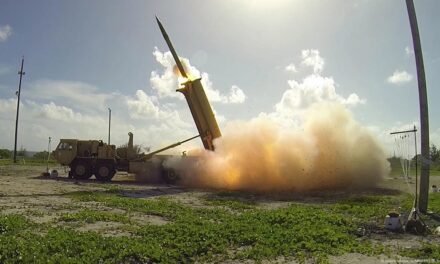Aerospace equipment manufacturing relies on materials that are lightweight, durable, and capable of withstanding extreme conditions. Commonly used materials and their advantages include:
1. Aluminum Alloys
- Applications: Aircraft fuselage, wings, and structural components.
- Advantages:
- Lightweight with a high strength-to-weight ratio.
- Corrosion-resistant and easy to machine.
- Cost-effective compared to other aerospace-grade materials.
2. Titanium Alloys
- Applications: Jet engines, landing gear, and spacecraft components.
- Advantages:
- High strength-to-weight ratio.
- Excellent resistance to corrosion and high temperatures.
- Ideal for components exposed to extreme stress or heat.
3. Carbon Fiber Composites
- Applications: Aircraft skins, wing structures, and spacecraft panels.
- Advantages:
- Ultra-lightweight and strong.
- High resistance to fatigue and thermal expansion.
- Reduces overall weight, improving fuel efficiency.
4. Stainless Steel
- Applications: Rocket engine components, fuel tanks, and heat shields.
- Advantages:
- Withstands high temperatures and pressures.
- Strong and durable under extreme environmental conditions.
- Used in systems requiring structural stability and strength.
5. Nickel-Based Superalloys
- Applications: Jet engine turbine blades, rocket engines.
- Advantages:
- Exceptional strength at high temperatures.
- Resistance to oxidation and creep (deformation under stress).
- Essential for high-performance propulsion systems.
6. Ceramics and Ceramic Composites
- Applications: Thermal protection systems (e.g., spacecraft reentry shields).
- Advantages:
- Extremely heat-resistant, ideal for high-temperature applications.
- Lightweight and durable under thermal stress.
7. Polymers and Plastics
- Applications: Interior components, wiring insulation, and lightweight structures.
- Advantages:
- Lightweight and versatile.
- Insulative properties for thermal and electrical applications.
- Resistant to corrosion and moisture.
8. Magnesium Alloys
- Applications: Structural parts in aerospace applications.
- Advantages:
- Extremely lightweight.
- Good machinability and shock absorption properties.
- Ideal for reducing the overall weight of aerospace vehicles.
9. Glass and Transparent Materials
- Applications: Cockpit windows, observation ports, and sensors.
- Advantages:
- High optical clarity with strength (e.g., Gorilla Glass or acrylics).
- Resistant to impact and thermal changes.
10. Inconel
- Applications: Rocket engine nozzles and high-stress components.
- Advantages:
- Excellent high-temperature performance.
- Corrosion-resistant under extreme conditions.
Why These Materials?
- Weight Reduction: Lower weight improves fuel efficiency and reduces costs.
- Thermal Resistance: Materials must endure extreme temperatures, from atmospheric friction to cryogenic fuel storage.
- Strength and Durability: Essential to withstand high stress, vibrations, and environmental pressures.
- Corrosion Resistance: Prolongs the lifespan of components exposed to harsh conditions.
- Cost-Effectiveness: Balances performance with affordability for large-scale production.
These materials, often tailored or combined, form the backbone of modern aerospace innovations, enabling safe and efficient performance in challenging environments.













